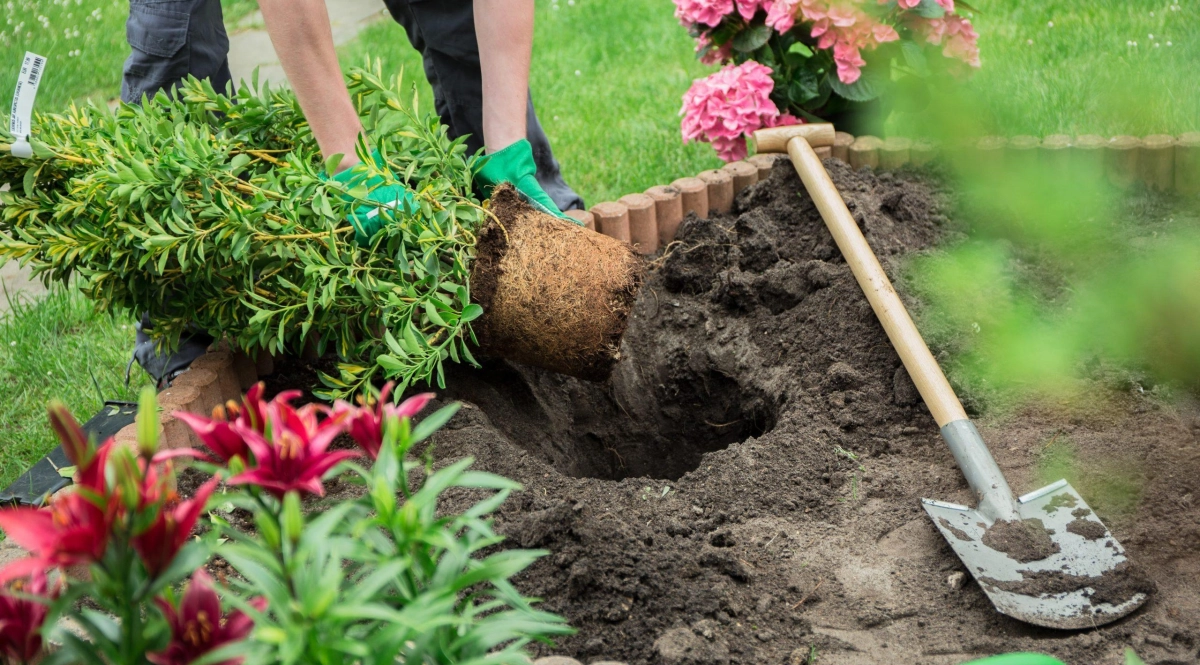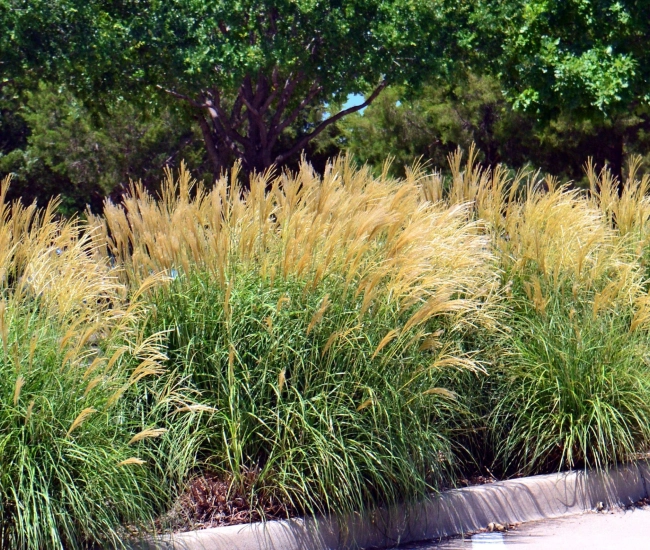
Text by Hélène Baril: Horticulturist, author & speaker
--
Autumn temperatures are still mild, although cooler, the soil is warm, and the sun and rain are abundant, so why postpone gardening tasks such as dividing perennials, new plantings, or moving certain plants to next spring? From the end of August until mid-October (depending on the hardiness zone of your region)... gardeners, grab your shovels.
Planting
Maintenance work is almost finished, weeding, pruning, harvesting, etc., so you can get a head start on the many spring tasks... In the fall, weather conditions and soil temperature are perfect to ensure the survival of newly planted plants. Whether it's trees, shrubs, conifers, or perennials, autumn planting ensures a quick spring recovery and abundant root development as soon as the warm weather returns, as soon as the soil warms up.
Moreover, at the end of the season, garden centers still offer a nice plant selection and especially great opportunities (interesting discounts). At this time of year, trees, conifers, shrubs, roses, and some perennials are dormant. The coloration of the leaves or their fall indicates that the growth of the plant is slowing down. It's the perfect time to plant. Here's how to do it:
- Good soil preparation (a mix of existing soil and compost)
- A hole twice the size of the pot or root ball
- Firmly pack the soil around the roots
- Water deeply
- Stake or guy as needed
Transplanting and Dividing
It may happen that a plant is not in the right place, its growth is not adequate, and it needs to be moved, or it has simply become too large for the space. If it is a tree, shrub, or conifer, it is best to wait for the leaves to fall before transplanting (except for the conifer, of course) so that the plant can focus on root development. For perennials, just reduce their foliage and choose the right location. You can also take the opportunity to divide them (if necessary).
Transplanting Steps
- Water the plant to be moved abundantly the day before the work
- Dig a trench around the plant wide and deep enough to retain as many roots as possible
- Prepare the future location before moving the plant to be transplanted
- Center the plant well and pack the soil around the roots
- Water deeply
- Stake and guy as needed
Dividing rejuvenates and multiplies most perennials. After removing the plant from the ground, using a sharp shovel, cut it into two or more parts with a clean and clear cut and transplant the sections to the desired locations.
Little Reminder
September is the ideal month to move peonies. Their foliage is dried, and their tubers are firm. However, be careful not to replant them too deeply, which could compromise their future flowering. It is also the ideal time to plant or transplant conifers and roses.
New plantings, transplants, and divisions done in the fall will require some protection before winter. Adding mulch at the base of the plants and removing planting basins before the cold will protect them from temperature fluctuations and excess water.
If your soil drains poorly or if the hardiness zone of your region is below 4, postpone your work until spring, as the risk of failure will be too high.
Happy autumn!
Tips and advice



